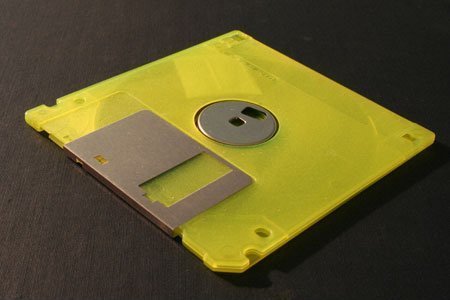How to Repair a Floppy Disk Drive
If you’re still using a floppy disk drive, here are ways you can repair it if you have problems with it.
New Computer
For new computers with drives that won’t work try the following:
- Check the ‘troubleshooting’ list of common problems and see if there is a solution there.
- Make sure there is power going to the drive and inspect its power connection. You may need to buy a new connector.
- Check that the cable connecting the floppy drive is properly connected and is not crimped.
Newly Installed Drive
Be sure the cable connection is not on backwards. This is a common mistake because the cable is keyed and the connectors sometimes are not.
- Using two floppy drives. Try debugging them one at a time. If done together they are likely to conflict with one another making the debugging process more difficult.
- Cable connector’s role. If there are five connectors on your floppy cable, they will be in two pairs of two connectors with one on each side of the twist in the cable. Both connectors should not be used on the same side of the twist in the cable. The A: drive will be the one that is after the twist.
- BIOS setup. Verify that the floppy disk controller has been enabled in the BIOS setup.

Also check in the BIOS setup to be sure the correct drive types are selected for both the A: and B: drives.
If you have an old 5.25″ drive and it is not working, check the drive to see if there is any physical interference – loose cables can impede the drive’s operation.
- Try another drive. The best way to check the drive is to swap it with a similar drive in another PC. If your drive works in the other PC and not in yours it’s likely you have a configuration problem. If the opposite happens your drive is either broken or has a ‘jumper’ issue. You will need a new drive.
- Disk controller. The problem may be the floppy disk controller. You should try motherboard-specific troubleshooting here.


Comments - No Responses to “How to Repair a Floppy Disk Drive”
Sorry but comments are closed at this time.